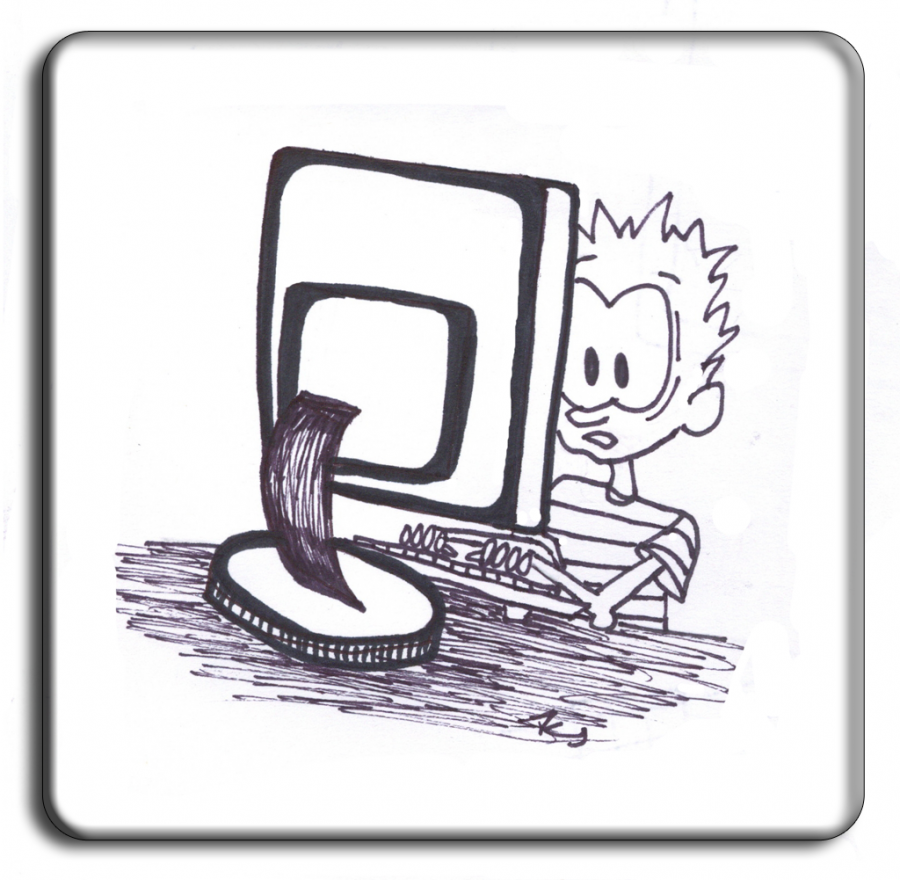In many high school classes, there is always one kid who feels the need to raise a hand and ask the most frustrating question known to academia: “So when are we ever going to need this?”
Perhaps these students feel as though their classes no longer prepare them for the shifting world they will eventually enter. Of course, the “Three Rs” of reading, writing, and arithmetic are all still relevant skills, but at their core, these skills aren’t valuable if students cannot apply them to real world contexts — and currently, the real world is a digital world.
New York City Mayor Bill de Blasio realizes this reality. Last Wednesday, he announced an $81 million plan to require computer science classes at all of the city’s public schools within 10 years.
The computer science classes may classify as electives in middle school and high school, but public schools must at least offer them. Currently, very few do.
According to the city’s Department of Education, fewer than 10 percent of New York City’s 1,700 public schools currently offer any sort of computer science class. Nationally, only 15 states offer academic credit for computer science classes in high school, according to Forbes. In fact, a study by the National Center for Education Statistics found that computer science was the only STEM-related field to experience a decline in student participation over the past 20 years, dropping from 25 to 19 percent in 2012. In total, only 10 percent of K-12 schools offer computer science education at all.
There is an unfortunate irony here. While the number of students who take computer science classes drops, the number of jobs in the field continues to outpace many other industries. By 2020, the Bureau of Labor Statistics estimates that there will be 1.4 million computer science-related jobs in the United States, with only 400,000 Americans possessing the requisite skills to fill them. These positions include everything from technical support to software developers and system analysts.
John Ramirez, director of Pitt’s undergraduate advising for the Computer Science department, said that gradually exposing K-12 students to computer programming can potentially make them more prepared for the college level.
“The requirements of programming, such as problem analysis and logical and deductive reasoning, sometimes require time and exposure for development,” Ramirez said.
Obviously, there are many barriers to immediately introducing this new curriculum. The availability of computers, for instance, is a genuine issue. However, of the cities who are making computer science mandatory, like NYC, a large part of their funding will go toward bringing computers into schools without them.
Yet, while 34 percent of principals and 31 percent of superintendents polled by Gallup last year said the availability of computers was one reason they do not teach computer science classes in their schools, only 6 percent and 1 percent, respectively, said it was the main one.
Much more endemic is the lack of qualified teachers. Forty-two percent of principals and 73 percent of superintendents told Gallup that they have no teachers with the skills necessary to teach computer science. New York City, for instance, estimates that it will need to train nearly 5,000 new teachers in order to meet the curriculum requirement.
There are already a number of attempts to solve this teaching problem. Microsoft recently committed $75 million to its Technology Education and Literacy in Schools program, which pairs computer science experts with K-12 teachers to co-teach classes on the subject. The program focuses on urban and rural areas. As Microsoft President Brad Smith told USA Today, Microsoft is aiming to have TEALS in 700 high schools by 2018, and in 4,000 within 10 years. It’s a start.
Parents and students realize the value of this education. Last year, 64 percent of parents told Gallup that computer science is just as important as currently required courses. Nearly a quarter said that it was more important. 90 percent of students said it was at least somewhat likely that they would seek out computer science training following high school. However, fewer than 20 percent of principals said demand for computer science classes is high among students.
Clearly, there is a communication gap here and it has facilitated public education’s stagnation.
When we fail to adapt our educational priorities, we are failing the next generation. We fail our children by letting them fall behind their wealthier peers, who are much more likely to have access to computers and to attend better schools. We fail our college graduates, who may want to teach the topics they love but have nowhere to do so. And we fail ourselves by letting our workforce become antiquated.
Innovation is an integral part of the American story. Let’s not leave computer science for the history books.
Matt Moret primarily writes on politics and rhetoric for The Pitt News.
Write to Matt at [email protected]
Due to an editing error, a previous version of this column implied that Dr. Ramirez “certainly” believed that offering computer science will make students better prepared for college. Dr. Ramirez expressed that there is a link, but he did not say it was certain. The Pitt News Regrets this error.



